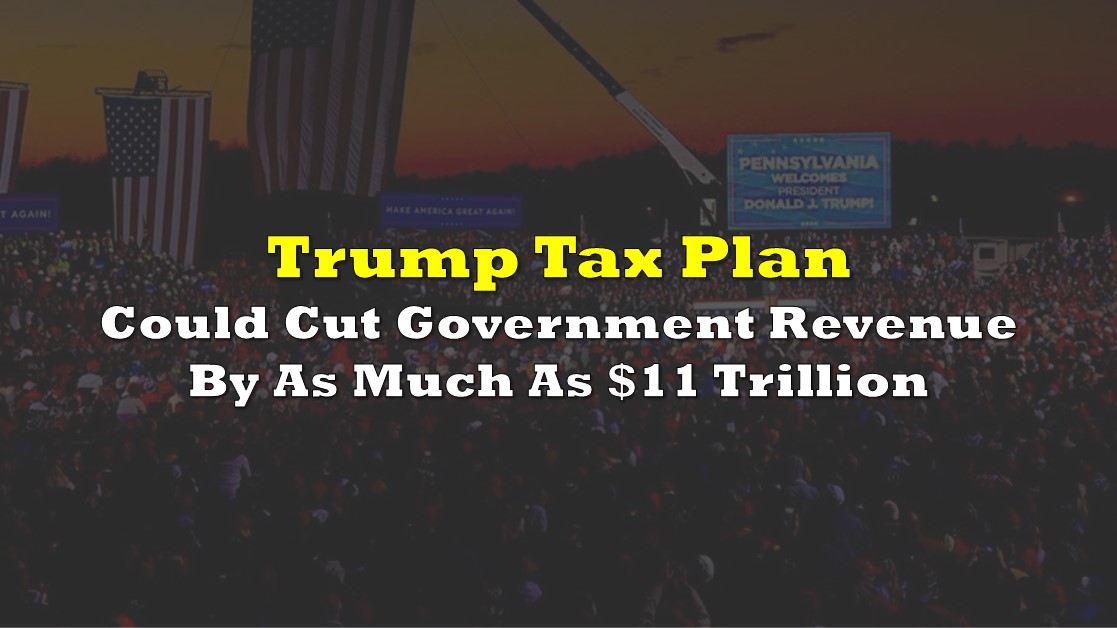President Donald Trump’s proposed tax cuts could reduce federal revenue by $5 to $11.2 trillion over ten years and significantly increase government debt, according to estimates from the Committee for a Responsible Federal Budget.
The package would extend Trump’s 2017 tax cuts, eliminate taxes on tips, overtime pay, and Social Security benefits, while closing certain tax breaks for wealthy Americans, including the carried interest loophole and stadium owner benefits.
The proposals would lower federal revenue by 1.3 to 3.0% of Gross Domestic Product (GDP), potentially pushing government debt to between 132% and 149% of GDP by 2035, compared to the current projection of 118%.
Trump outlined the plan with House Republican leaders in the White House Cabinet Room Thursday. House Speaker Mike Johnson, Majority Leader Steve Scalise, and Majority Whip Tom Emmer attended the extended session.
The largest component, extending the 2017 tax law provisions set to expire this year, could cost between $3.9 trillion and $4.8 trillion. Eliminating taxes on overtime pay could reduce revenue by $250 billion to $3 trillion, while ending Social Security benefit taxation could cost $550 billion to $1.5 trillion.
“These changes would send federal debt to levels unprecedented in our history within only a few years,” the committee warned in its analysis. The group urged policymakers to ensure any tax cuts include offsetting measures to reduce budget deficits.
The plan includes some revenue-raising measures, such as eliminating tax breaks for sports team owners and closing the carried interest loophole, but these would recover only about $100 billion, offsetting a small fraction of the total cost.
Without spending cuts or other revenue increases, the proposal could boost interest costs by $1.2 to $2.7 trillion over the next decade as the government borrows more to cover growing deficits.
Information for this story was found via Bloomberg, and the sources and companies mentioned. The author has no securities or affiliations related to the organizations discussed. Not a recommendation to buy or sell. Always do additional research and consult a professional before purchasing a security. The author holds no licenses.




